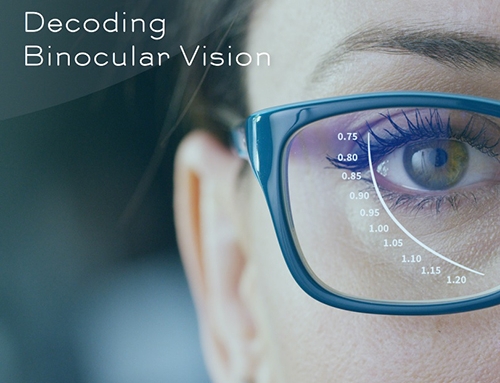In addition to having lenses that block 100 percent of the sun’s UVA and UVB rays and a significant amount of potentially harmful blue light, children’s sunglasses should also have these features:
- Impact-resistant lenses. The best lenses for children’s sunglasses are made of polycarbonate. Polycarbonate lenses are up to 10 times more impact-resistant than standard plastic lenses for superior eye protection during sports and other play. Polycarbonate lenses also are lighter than glass or standard plastic lenses for greater wearing comfort.
- Large, close-fitting frame. For the best protection from the sun’s ultraviolet rays and to keep dust and other debris from getting in your child’s eyes, a relatively large yet close-fitting frame is the best design for children’s sunglasses.
- “Unbreakable” frame material. Look for children’s sunglasses that have flexible frames to avoid breakage and potential eye or facial injury from a frame that snaps upon impact.
- Spring hinges. Hinges that extend beyond 90 degrees and have a spring action to keep the fit of the frame snug will decrease the risk of your child’s sunglasses falling off or getting damaged during sports and other play.
- An elastic band. An elastic band that attaches to the end of each of the frame’s earpieces can help prevent loss or damage to children’s sunglasses. Choices include a close-fitting band to keep the frame snugly attached to the head during active sports or a looser-fitting strap to allow your child to remove his or her sunglasses yet keep them hanging from the neck for easy on-and-off use. However, avoid the use of a band or cord that might pose a choking risk for an unattended infant or toddler.
For superior UV protection, it’s a good idea for kids to wear a wide-brimmed hat as well as sunglasses when spending a lot of time outdoors on sunny days. Researchers say a hat that shades the eyes and face can cut the amount of UV exposure in half. And don’t forget the sunscreen, too!











